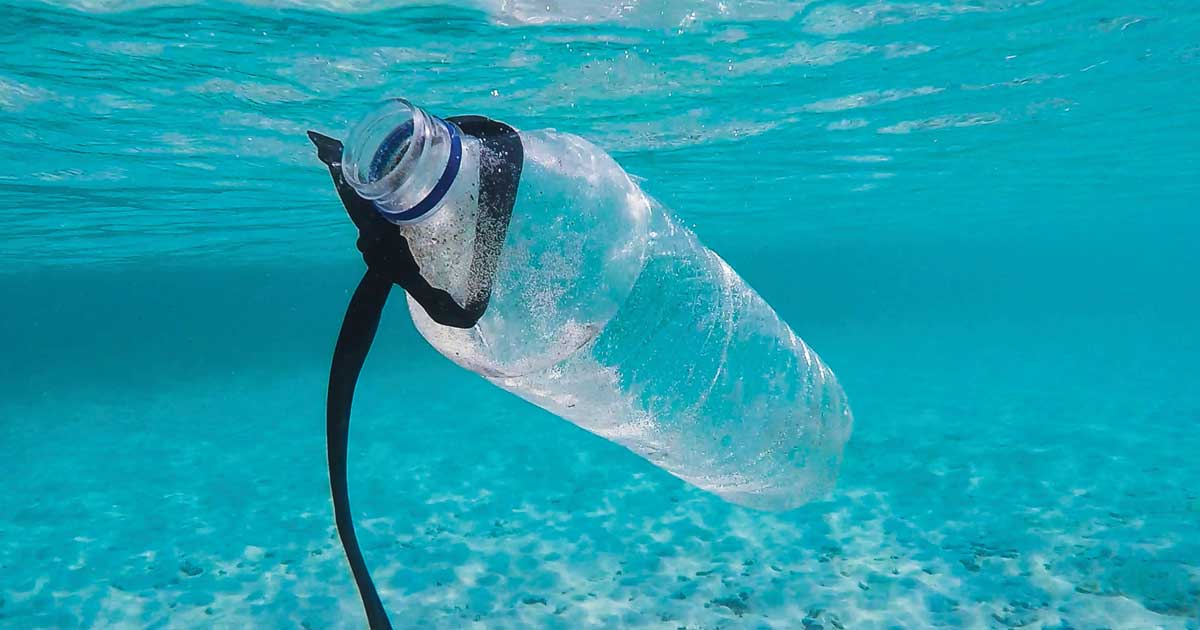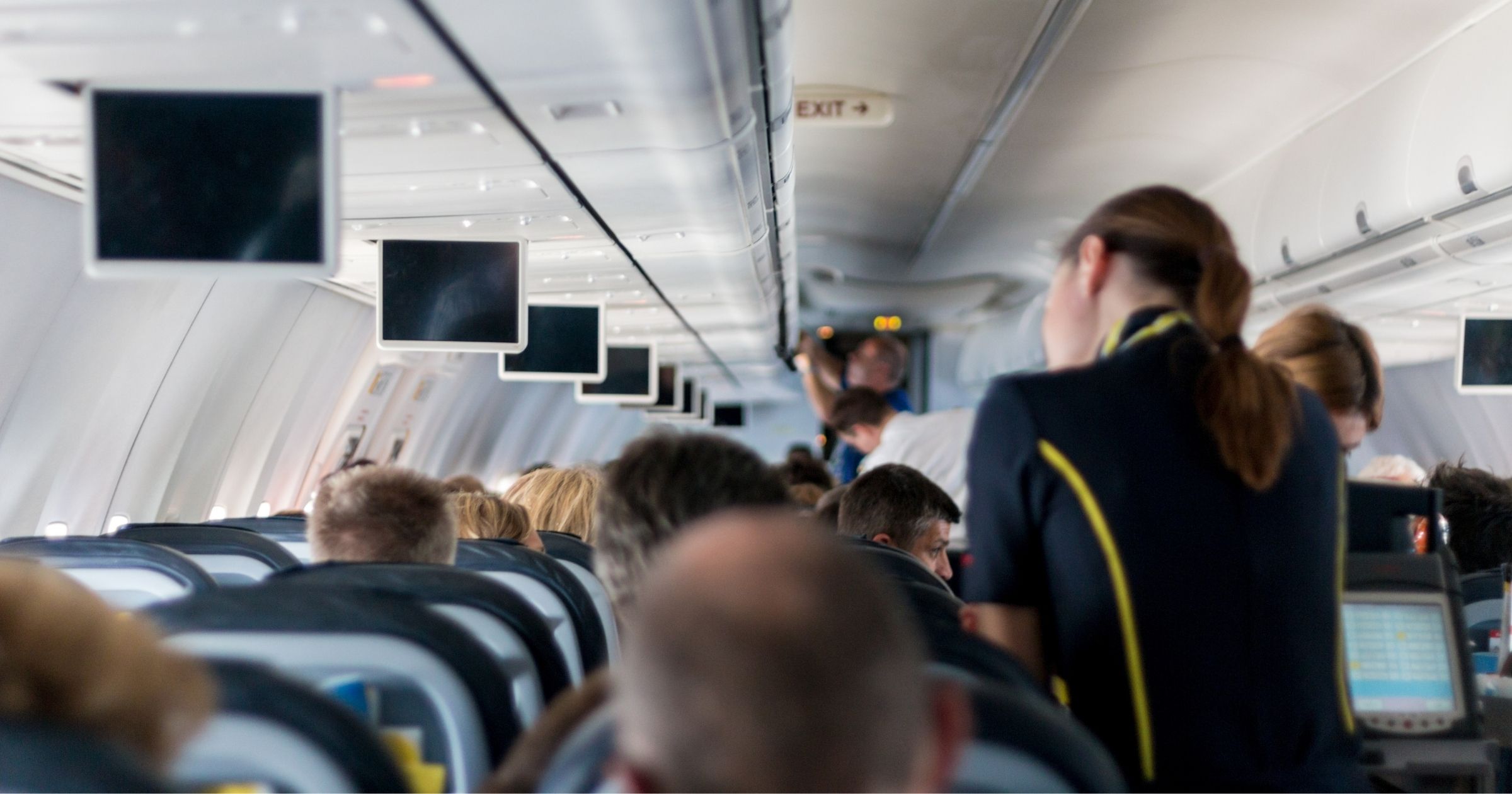
How to Ditch Single-Use Plastics While Traveling
Worldwide, 8 million metric tons of plastic end up in oceans, where they harm wildlife.
In the Mediterranean alone, ocean plastic levels increase by 40 percent during tourist season, when over 200 million tourists visit the region. Turning down plastic straws is only the beginning of ditching single-use plastics. Consider these ways to reduce plastic while traveling.
Replace Plastic Bags with Reusable Alternatives
As of July 2018, a U.N. report indicated 127 countries have adopted some type of legislation against plastic bags. Always bring a reusable bag in your luggage—foldable ones are ideal—to carry sundries and avoid plastic bag bans and fees.
Instead of storing clothing and shoes in plastic bags that are likely to tear, invest in reusable packing cubes and shoe bags.
Ditch Personal-Size Toiletries
Designed with TSA guidelines in mind, personal-sized toiletries are convenient—and a significant source of plastic waste. Hotels including Holiday Inn and InterContinental are ditching personal-size toiletries and you can, too. Use bar soaps and shampoos or invest in refillable containers made of BPA-free silicone and take your own toiletries. Refilling your own containers saves waste and money. Those tiny toiletries add up!
Unwrap Before Your Trip
Special-occasion travel often requires new gear. If you unwrap it at your destination, you leave behind plastic waste in an area where there could be barriers to recycling and waste removal. As new campers head to National Parks, they unwrap groceries and camping gear in an area with logistical waste disposal challenges. The Canadian side of Niagara Falls receives 832 metric tons of trash per year, for example.
By reducing the amount of plastic you take, then toss, you lessen the environmental burden in your destination. Plastics don't decompose; they break down into smaller particles, ingested by wildlife and humans. Studies indicate we consume around 50,000 particles of microplastic a year, with unknown health effects.
Pack Your Own Cutlery and Straws
Plastic straws can't be recycled and they endanger wildlife when they wind up in oceans. If you like to drink through a straw, bring your own. Bamboo straws are eco-friendly and durable.
Bamboo cutlery is another nice-to-have travel accessory, so you can turn down plastic cutlery in airports and quick-service restaurants.
Bring Refillable Water Bottles and Coffee Mugs
One-hundred billion single-use cups with plastic lids are thrown away each year. Most paper coffee cups have a plastic lining, otherwise, they'd leak; this means they aren't recyclable or compostable. Bring your own mug and a refillable water bottle, to fill once you're through airport security.
If you have concerns about access to safe drinking water, look for water bottles with a purification system, such as those offered by LifeStraw. These bottles filter water so it's safe to drink, without requiring secondary treatment.
Any step you can take will lower your environmental impact and make a difference in the destinations you visit.
Written by Lindsey Danis, Contributing Writer for Groups Today.
This article originally appeared in the Jan/Feb 2020 issue of Groups Today.



